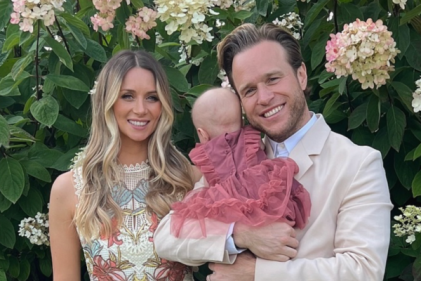As you wean your baby you should be on the lookout for allergic reactions. Allergies can be very mild, merely causing a runny nose or rash or they can be quite serious. If the reaction becomes severe then it is called anaphylaxis and this type of reaction can be life threatening. The sooner you find out that your baby has an allergy to something, and its source, the better.
The most common cause of an allergy is your baby’s genes. If you or your partner is allergic to nuts, the odds of your baby having a bad reaction to nuts are higher. In this case the good news is that you know what the problem is, what to be cautious of and what to look for. In this situation you may want to test their reaction, but proceed with care. It is best to talk with your GP before taking any risks.
If you understand how allergies work, it will make it easier for you to recognise the symptoms and signs.
Problems such as asthma and eczema can also be interpreted as warning signs that your child is allergic to something. Peanuts in particular are a problem for people with these conditions, so be wary. Asthma also tends to have a number of personalised ‘triggers’ (things which cause an attack) so it is important to be on the lookout for those.
Common allergens include gluten, nuts, citrus fruits, cow’s milk, soya, fish and eggs. It is a good idea to introduce these foods to your baby’s diet carefully, one at a time. This way if they have a reaction you will be ready for it and can easily isolate the offending food. It is also a good idea to keep a food diary to see if the relationship between a particular type of food and an asthma attack are consistent. You could show this diary to your GP as it may be helpful in a diagnosis. Remember, although there are a number of factors that may cause an allergy, it is entirely possible that your child could develop an allergy without any prior problems in the family.
Can food allergies be prevented?
There are no current medications to prevent food allergies, and the only treatment is strict avoidance.This means that you must learn all you can, to ensure you can avoid the food / ingredient at all times.You will need to become familiar with checking labels on food and understanding how to read these labels, along with knowing the early signs of the reaction.
If your child has been diagnosed with a food allergy, you should discuss this with your doctor who will help and advise you on food plans and what treatment is required in the case of a reaction. This information should be passed on to all caregivers for the child too. If a child is suffering from an allergy your GP may recommend that you carry antihistamines with you in case of a reaction.
The difference between an allergy and intolerance
With an allergy, the body’s immune system launches an attack on what it believes to be an invader by releasing histamines. It is these histamines that will cause reactions such as hives, swelling, watery eyes, breathing problems, and a runny nose. Severe reactions, usually involving breathing, can be life threatening and require immediate medical attention.
Food intolerance does not involve an immune system response, and instead relates to the inability to digest that food, and will instead involve a digestive system response. Symptoms of food intolerance can include bloating, gas, diarrhoea, stomach pain or vomiting.
To prevent the symptoms associated with food intolerance, you should learn which foods your baby may be intolerant to and limit their exposure to them. You should always seek the advice of your child’s doctor in suspected cases.











